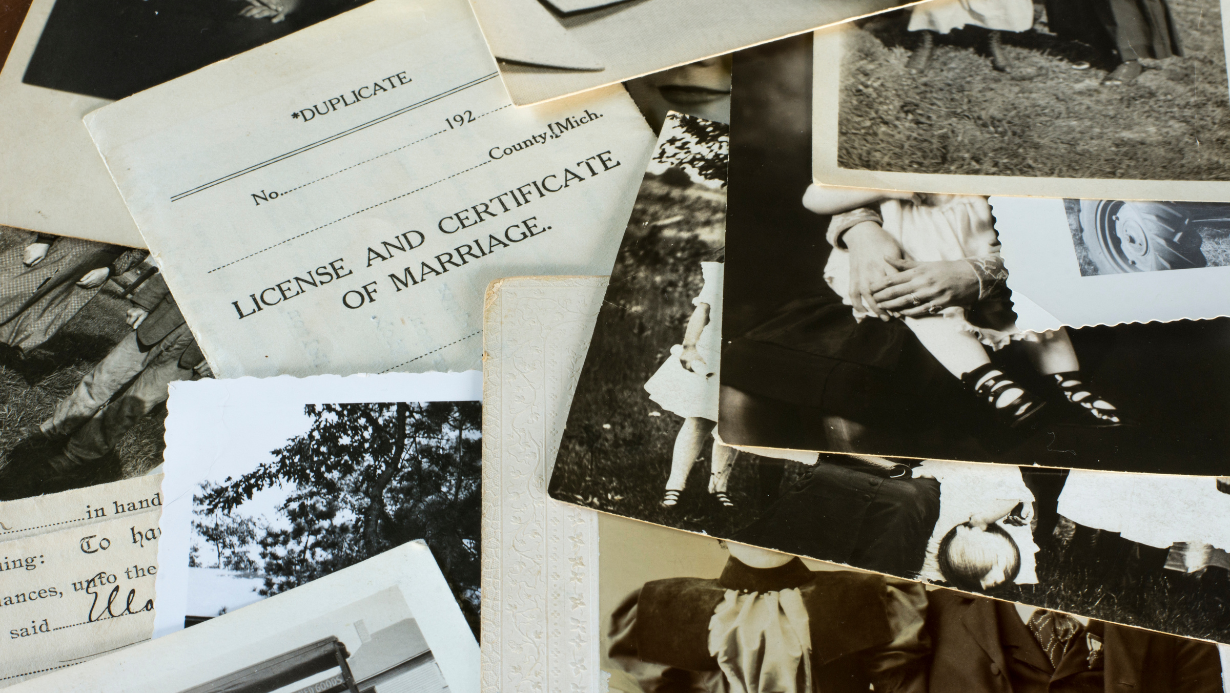The Parish Church of St John the Evangelist, Old Moulsham, was consecrated by that formidable Victorian church building enthusiast Charles Blomfield, Bishop of London, on 11 April 1837, although the initial meeting to discuss the project had taken place as early as 12 April 1834. The site of the new building, originally just a simple, square box-like structure, had effectively been donated by Lady Jane Mildmay, the mother of the rector of St Mary’s (now Chelmsford Cathedral) and had been part of Joseph Saltmarsh’s nursery grounds.
A series of incumbents in the nineteenth century had substantial independent means, in addition to their (rather meagre) stipends, allowing them to extend the building in stages (so that by 1900 the church was effectively its present shape) but also to engage a sizeable number of curates to administer to what was initially a small, rural parish but which by 1900 mustered a population approaching 8,000. This expansion was not without its hiccups – on 22 May 1874 Armageddon visited the church when a curious workman, striking a match to check the tightness of a gas joint, caused an explosion which left little more than the walls standing. Providence intervened, however, as the building and contents had had their insurance renewed only a few weeks previously. After subsequent rebuilding, the church was as good as new.
The twentieth century saw the church, now in distinctly more straightened financial circumstances, survive two world wars, still able to witness to the Christian faith in Moulsham, in spite of the presence of thirteen other nominally Christian places of worship in the parish. It has sailed calmly through the introductions of women priests (very much to its advantage), ASB, Common Worship (while retaining BCP), and learnt to successfully adapt to modern technology, enabling it to continue to offer a loving, caring ministry throughout the Covid pandemic. It has resisted schemes to convert the site to housing and its closed graveyard is now being developed ecologically to the benefit of the local community (the church has gold eco status).
Truly, the future (with much greater involvement with the local community) for St John’s is bright and welcoming.
